Home » Firearms and Shooting » How Effective is Steel Shot?
How Effective is Steel Shot?
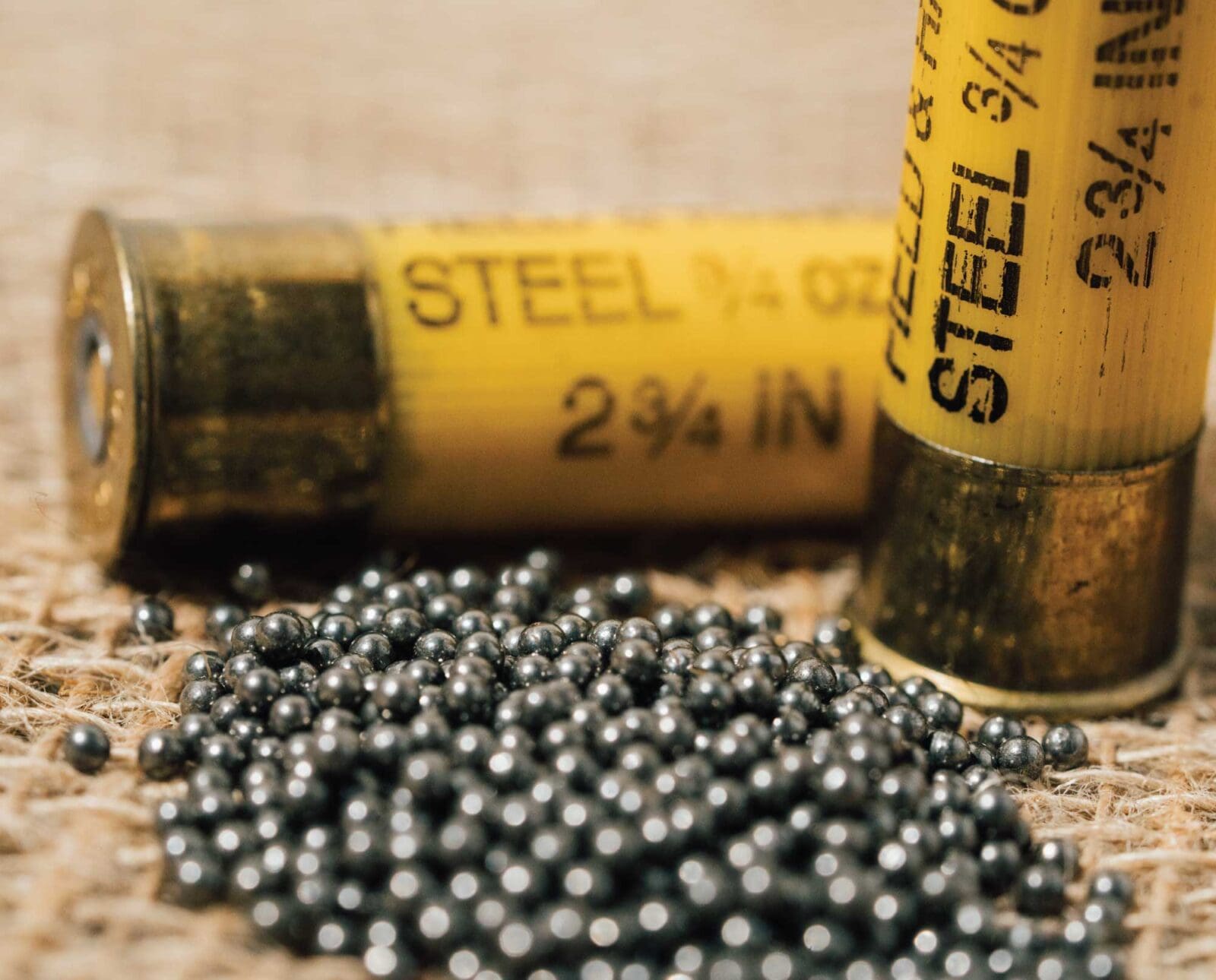
A.J. DeRosa, founder of Project Upland, is a New England…
Discussing the myths, truths, and science behind the effectiveness of steel shot compared to lead shot
Hunters look down on steel shot. Almost by default, steel is seen as an inferior killing instrument when compared to lead shot. The public inferred a gap between steel shot and lead shot’s effectiveness because of decades of misinformation. Even the potential damage to shotgun barrels via steel shot had campaigns supporting this misinformation, albeit some barrels, like Damascus, cannot handle steel. While elements of this argument are factual, there is much more to this story, even more so for us upland enthusiasts.
Listen to more articles on Apple | Google | Spotify | Audible
As upland hunters, we often pursue game birds that are less resilient to shot than our quarry’s waterfowl counterparts. Depending on the species, the distances we shoot can often be far closer than what waterfowl hunters experience. Furthermore, the advancement in steel shot since the federal government first introduced the lead ban has made the gap between steel and lead even smaller. Add in increased manufacturing demands, and the cost of steel has come in line over the years.
Is steel a more than effective option for upland bird hunting? Before anyone spins this story into something it is not: lead is more effective than steel. I will not claim otherwise. But, the efficacy gaps we have come to believe are infinitely smaller than we think and, in my opinion, insignificant in the discussion of lethality for upland game. Scientists have looked into everything from killing efficiency to the impact of steel on shot patterns. As we will find, the story we have been told does not match up with what research has shown.
The History of the Lead Shot Ban in Hunting
In 1976, the US Fish and Wildlife Service published its final paper on the environmental impact of lead on waterfowl. This paper came on the heels of a peer-reviewed study showing an annual death rate in migratory birds. It estimated that 1.6 to 2.4 million waterfowl died from lead poisoning each year. In response, areas of the country set up lead-free zones to study the impact of decreased lead over time. By 1983, 32 states had designated areas as lead-free zones. Then, in 1991, the federal government set a nationwide ban on lead ammo for waterfowl hunting.
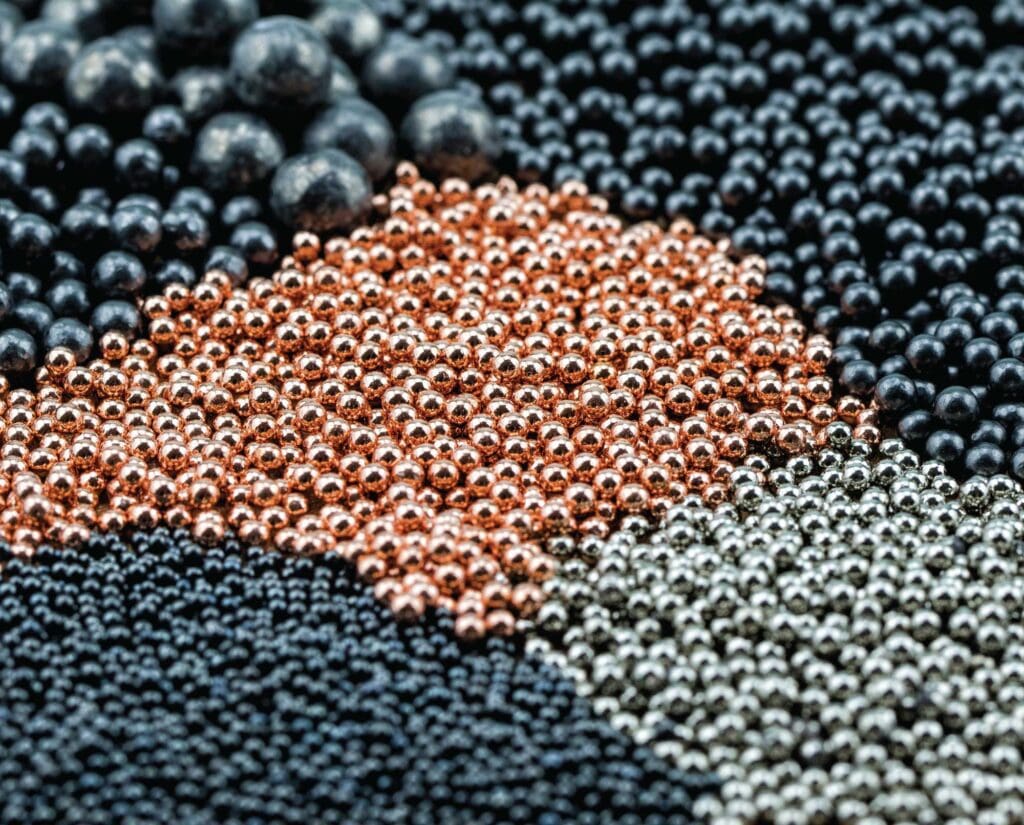
As you can imagine, the ban was not welcomed with open arms. Many hunters were rightfully concerned about the effectiveness of steel, the safety of non-lead shot in shotgun barrels, and even home reloading supplies and steel’s affordability. These were all valid concerns that set off a series of studies by the ammunition industry and other third parties. The first dataset that was published on this topic had lasting effects on the perception of steel shot in the public eye. Despite this data being proved inaccurate rather quickly, the damage had already been done.
Writing on lead toxicity is for another article for a different time. But a bird’s-eye view shows 570 peer-reviewed studies since 1975 on the danger of lead ammunition on people, wildlife, and the environment. Ninety-nine percent have pointed towards real concerns to the last large unregulated lead source in the United States. Right now, the voluntary use of non-toxic shot is an opportunity for our community to demonstrate how hunters are indeed stewards of the land.
How Effective is Steel Shot on Upland Birds?
The first concern people have when considering changing to steel shot is its lethality. Does steel result in more crippled birds, surpassing the annual number of birds poisoned? The math does not seem too far-fetched as the annual waterfowl harvest at the time of these studies was 45 percent of the migrating birds. In contrast, roughly 2.5 percent of waterfowl died each year from lead poisoning. Since then, we have learned about lead’s impact on non-game species and other aquatic life; negative environmental effects from lead impact more than just waterfowl.
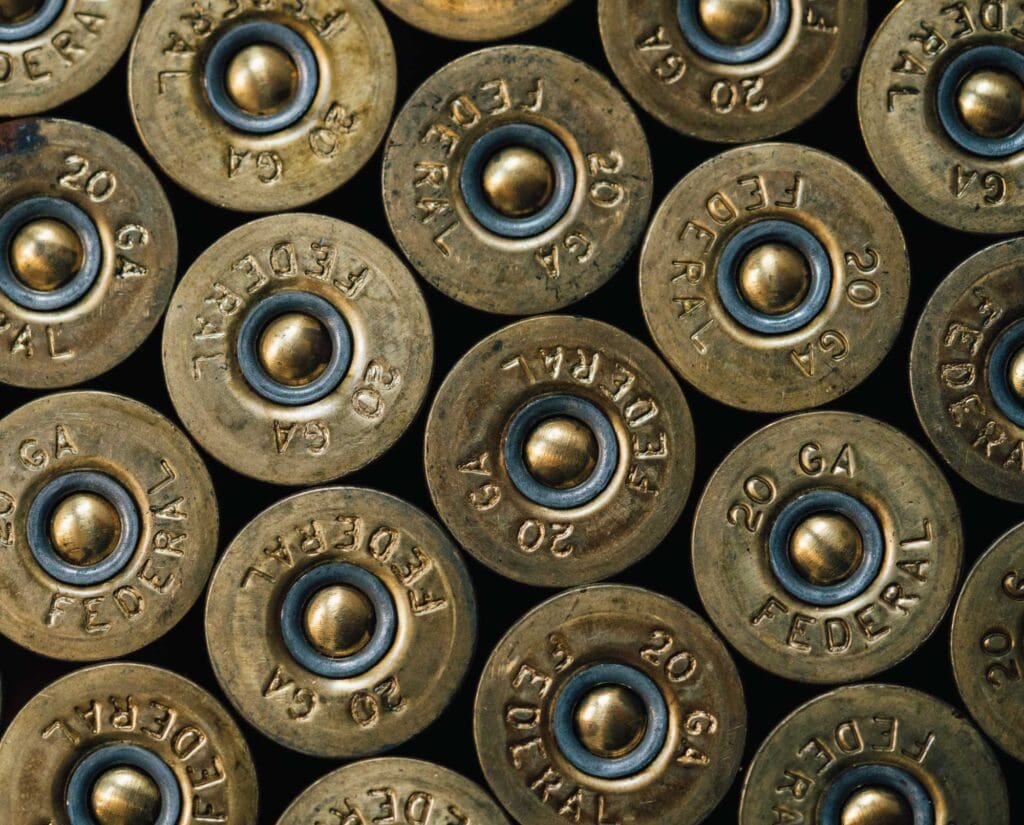
The question of steel’s lethality inspired me to write this article. When reading Shotgunning – The Art and the Science by legendary shotgun writer Bob Brister (1976), the final chapter took me off guard. Titled “The Future Looks Harder But Brighter,” the chapter exposed one of the greatest disservices to the public image on the effectiveness of steel shot.
When the ammunition industry first pushed back against the scientific community, they cited data showing how ineffective steel was compared to lead. The industry estimated over three percent of the annual migrating birds would be crippled if a lead ban were to occur. However, they failed to mention that the data they cited compared standard steel loads against high-performance lead loads. To be clear, high-performance steel shot developed for waterfowl hunting did not exist yet. Nevertheless, this data was pumped into mainstream hunting media throughout the country, carrying the narrative that steel was inferior to lead shot, even though the study was biased. That biased narrative was what Brister proliferated in his final chapter.
Brister also wrote, “When compared with standard high-velocity 12 gauge loads containing 1¼ ounces of lead shot, steel loads of 1⅛ ounces have been found to compare closely in killing efficiency, up to approximately 45 yards.” Steel shot is less effective than lead, but not in the ways we believe it is and certainly not at the large gap we have come to accept. Further still, one may argue the gaps that do exist are negligible.
The Paradox of Velocity and Penetration in Steel Shot
If you dive down the steel-versus-lead rabbit hole, finding opposite ends of the spectrum regarding the velocity and penetration argument will not take long. Part of this comes from the fundamental fact that the weight and size of shot between steel and lead are different.
Steel is lighter than lead. We cannot simply take the same shot size in both lead and steel and compare them because the weight of each pellet would not be equal. Therefore, early in the research, ballisticians concluded that a larger steel shot size would be used to come closer to the weight of a smaller lead shot.
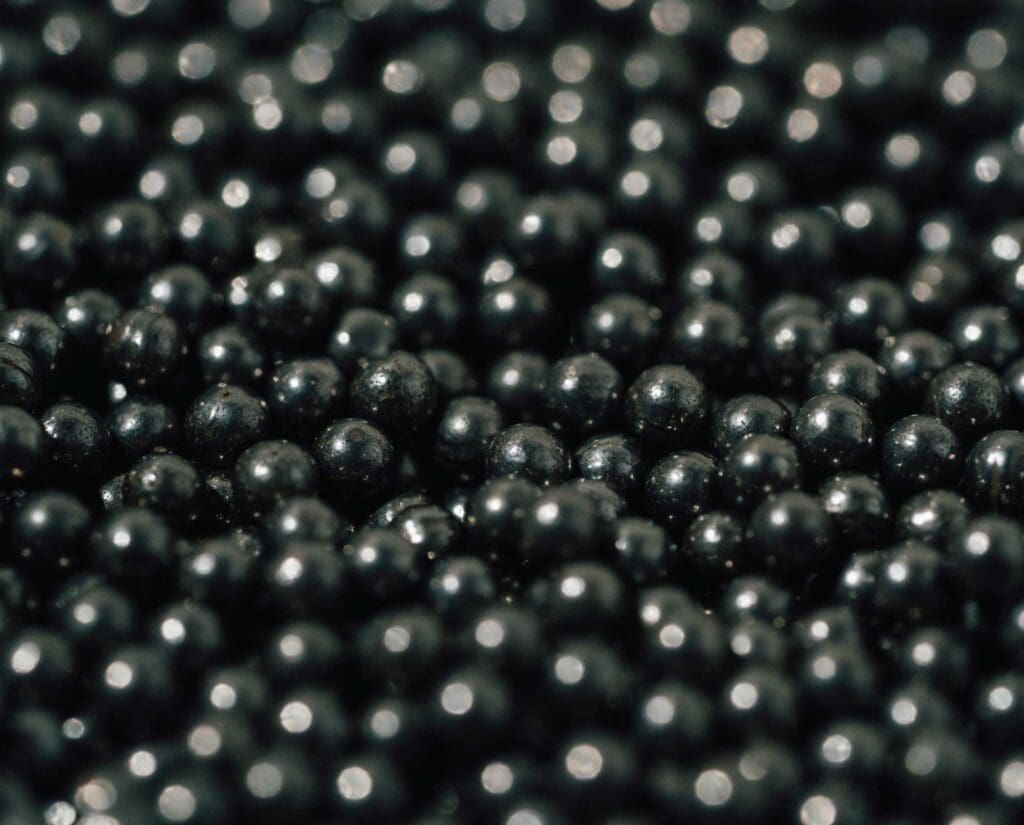
The original lead performance tables compiled by the Sporting Arms and Ammunition Manufacturers’ Institute (SAAMI) were used to calculate how steel shot would perform. Brister wrote, “When the steel-shot issue arose, ballisticians took those lead tables, substituted the poorer density of steel, and computed tables for steel shot that indicated that steel pellets would lose velocity and penetration very rapidly, and would perform very poorly.” These steel estimates were purely mathematical and not tested in the field.
Once researchers tested the accuracy of those lead-based estimates, they found that the charts did not add up for steel shot. Sadly, those charts had already been used to influence hunter opinions on the effectiveness of steel. A 1969 study in Maryland with the US Fish and Wildlife showed a ten percent difference between lead and steel shot when killing ducks at 60 yards. But, according to Brister, they also “found that steel shot in a 1-ounce load seemed capable of killing mallards almost as effectively as 1¼ ounces of lead shot up to 40 yards.” The perplexing results inspired Ed Lowry, a ballistician present at those studies, to keep digging.
Born in 1917, Edward David Lowry earned a college degree in mathematics. In 1968, he became the Director of Fundamental Research for the Winchester-Western Division of Olin Mathieson Chemical Corporation. He quickly found himself on a collision course with the lead and steel shot debate.
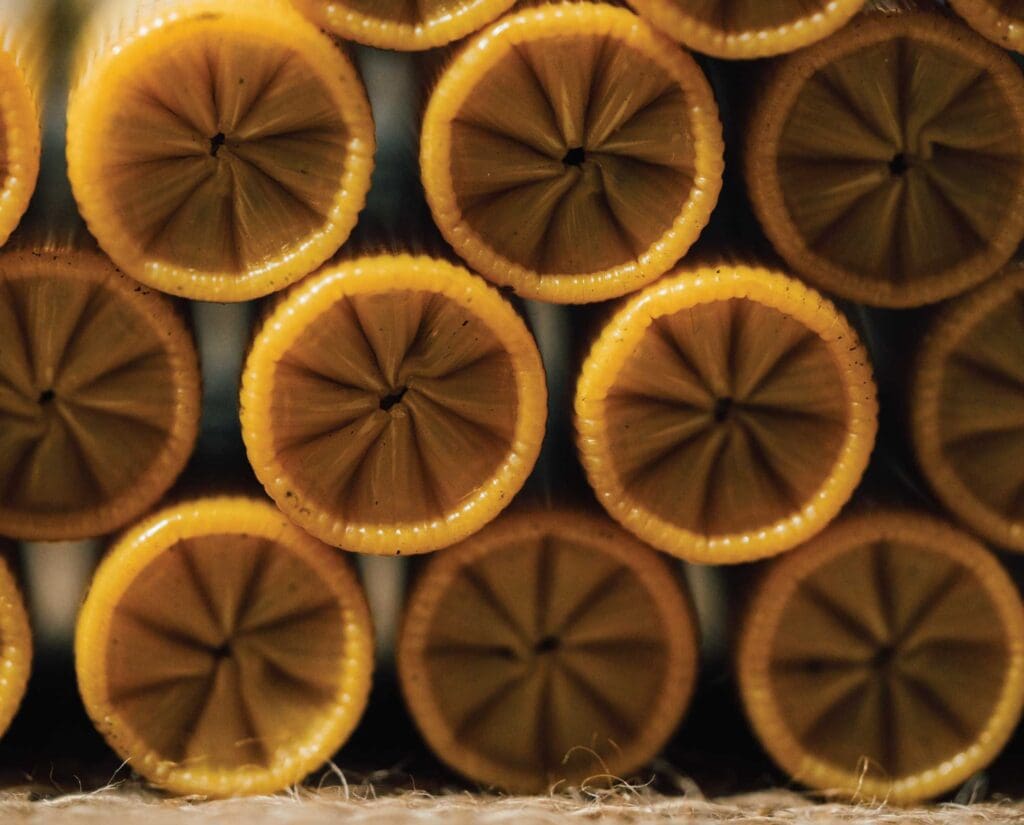
What is Form Factor in Shotgun Ballistics?
“Three basic factors affect the performance of shotshell pellets: the original velocity, the density (weight) of the pellet, and its ‘form factor,’ which is what sort of shape it presents in flight to atmospheric resistance,” wrote Brister. With a grant from SAAMI, Lowry reconciled how steel could perform so similarly to lead as the previous SAAMI charts implied a significantly greater performance gap. “Form factor” is where Lowry could uncover the mysteries between lead and steel.
Brister wrote on Lowry’s unpublished charts, too. “Computations of iron shot ballistics, based on the original lead shot tables, were really wrong, because steel shot did not flatten and thus had a 12 percent higher form factor than lead,” he wrote. “This gave considerably more downrange energy than had been previously believed.” However, remember that they were comparing No. 4 steel with No. 6 lead.
While agreeing with Lowry’s research, Brister said steel’s form factor added to its “Pandora’s Box” of problems. Because steel holds down range velocity longer, it was assumed that its penetration and lethality would be higher. But since they had to make the shot size larger for steel during this comparison to equalize the weight, there was more surface area on each No. 4 steel pellet. Increased surface area resulted in more resistance when the shot came into contact with a target when compared with No. 6 lead. Therefore, shot loads with more surface area also have lower penetration and lethality.
The Pattern of Steel Shot
The pinnacle of the lead-versus-steel lethality debate is expressed in the claim that “the center of a shot pattern is always the same.” Simply put, we hunters are not as good of shots as we like to think.
If you grew up shooting shotguns, it’s common knowledge that one needs to choke down for steel shot. This is because steel shot patterns are much denser than lead. For example, a full choke with lead is a similar spread to steel in a modified choke. This brings us to a significant study that took place in 1972 and 1973. Researchers used live game-farm mallards to measure the effectiveness of lead and steel shot at various distances. As it turns out, the difference in lethality between lead and steel is far less significant than hunters were led to believe.
READ: Understanding Shotgun Chokes – How to Choose a Choke Size for Hunting
“Van Wyk explained that a No. 4 steel shot load of 1⅛ ounces would slightly outperform (in duck killing) the most comparable lead load of 1¼ ounces of No. 6 shot if the duck is centered in the pattern, but would do so only at the expense of extremely tight patterns, which reduced the margin of error by the shooter,” Brister wrote. “This means simply that the big problem of steel shot . . . is not adequate pattern or penetration (as has become the general public misconception) but that of centering the duck within a tighter pattern.”
To add to Pandora’s Box, fewer pellets are in that No. 4 1⅛ ounce steel load versus the No. 6 1¼ ounce lead load. To simplify Brister’s dissertation on the subject, he argues that comparing the same shot size of lead and steel is unfair. If comparing them at equal weight, there would be significantly more steel pellets than lead pellets. Conversely, it’s unfair to compare the penetration of lead and steel of the same shot size because of that vast weight difference.
Ed Lowry created a rich history in the advancement of ballistics as it related to shotguns. He even went back to school to receive a Master’s degree after his retirement and continued to engage in ballistics research and discussions. The “Pandora’s Box” of steel versus lead became a critical path for advancing shotgunning technology.
In a 1989 American Rifleman article, Lowry wrote that “lead, by virtue of its higher density, is greatly superior to steel as a material for shot. But, as already mentioned, the lead pellets in the loads at Patuxent lost much of their natural advantage when set-back forces disrupted their spherical shape. Our shotshell measurement program confirmed the enormous importance of pellet shape on ballistic performance. Thus, what we really learned from Patuxent was not how well steel pellets do, but, instead, how badly lead pellets perform when they are unprotected from the crushing force of set-back.”
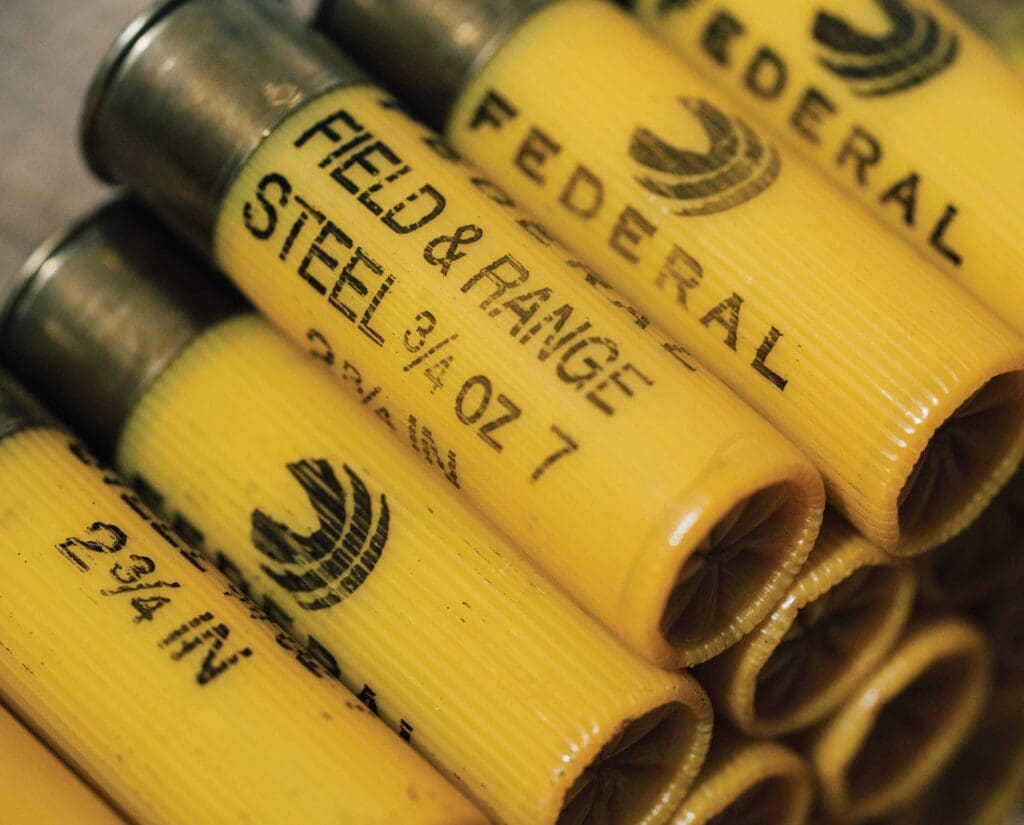
Hunter Satisfaction with Steel Shot
Sadly, you will not have to look hard and long to find an old timer that gave up duck hunting because of the lead shot ban. Truth be told, the efficiency of steel shot and its affordability after 50 years of development has changed a lot since then. A 2014 study published by the Wildlife Society, called “A Comparison of Lead and Steel Shot Loads for Harvesting Mourning Doves,” explored hunter satisfaction in this blind study.
‘‘Hunters were unable to distinguish the ammunition type being used in the field, and we detected no relationship between ammunition type and level of hunter satisfaction,” the researchers wrote. “Field analyses detected no difference in doves bagged per shot, wounded per shot, bagged per hit, or wounded per hit among the three ammunition types.”
In 2022, another study, “The effect of individual harvest on crippling losses,” evaluated 37 years of waterfowl harvest data and concluded that “the average crippling rate prior to the lead shot ban was 23% for both ducks and geese and reduced to an average of 15% and 11% for ducks and geese (respectively) following the ban.” These studies show that perception and reality never truly met on what we have been told concerning steel shot’s effectiveness.
The price of steel shot is also a relevant topic. In the early years, when Brister wrote on the topic in 1976, the cost of steel shot was roughly 50 percent more than lead. Today, in some cases, steel can be even cheaper than lead.
A recent example on a popular online store (without a sale going) is a box of 12-ga Winchester Super X No. 6 lead (1330 velocity) goes for $21.99 versus the steel version for $12.99 (1350 velocity). The 3” Winchester Super X waterfowl steel load (1625 velocity) comes in at $21.99. When exploring less popular gauges like the 28-gauge, the cost is equal, rather than cheaper for steel, on the same comparison.
The cost reduction is a significant improvement to the steel conversation. I can only hope bismuth shot follows a similar trajectory. Right now, it is a far more expensive alternative to lead.
I hunted with No. 7 steel shot for ruffed grouse and woodcock for many of my adult years with satisfaction. I switched to shooting bismuth loads only a few years ago, which I have really enjoyed. I am curious to learn more about the performance gaps between bismuth versus steel and bismuth versus lead. What new “Pandora’s Box” may be opened? Is it possible superior metals like tungsten will become affordable? I have even heard whispers of new metals being just steps away from market introduction . . . but those are not my secrets to share.
Let’s circle back to upland hunting. Waterfowl hunting often presents faster, tougher birds than upland hunting. For instance, grouse and woodcock are not particularly tough-skinned birds. Additionally, hunters will shoot most upland game species under the 40-yard mark, the same distance where much of the conversation changes for lead and steel performance. So, is steel an effective option for upland bird hunting?
The answer is yes. But remember how steel patterns will change depending on the chokes you use. For those that love fast-opening patterns to the extreme of “spreader” loads, you can expect less forgiveness in your shooting. That remains true for hunters like myself at the lowest threshold of a cylinder choke, but the cost and lethality might be right in line to justify a few more missed birds.
A.J. DeRosa, founder of Project Upland, is a New England native with over 35 years of hunting experience across three continents. His passion for upland birds and side-by-side shotguns has taken him around the world, uncovering the stories of people and places connected to the uplands. First published in 2004, he wrote The Urban Deer Complex in 2014 and soon discovered a love for filmmaking, which led to the award-winning Project Upland film series. A.J.'s dedication to wildlife drives his advocacy for conservation policy and habitat funding at both federal and state levels. He serves as Vice Chair of the New Hampshire Fish & Game Commission, giving back to his community. You can often find A.J. and his Wirehaired Pointing Griffon, Grim, hunting in the mountains of New England—or wherever the birds lead them.




You can spin this any way you wish. But, the politics of it will not go away. I have shot lead and steel for fifty nine years. For quail, it matters little. For roosters and chuckers, it’s a different story. Huns and sharptail too.
Lead from shotgun shells has negligible impact, from an ever decreasing population of hunters, on the landscape. The exhaust from tailpipes is harsher on flora and fauna. This argument stems from birds of prey picking up wounded game birds and ingesting lead pellets while dining. Lead poison on raptors.
You can spin this anyway you wish. But, the day is coming when your best option for outdoor activities will be golf. Instead of politicizing this issue, let’s talk Bismuth and push for alternatives. Steel is not a good option.
Well, I guess we might as well hang up all our old Parkers, Foxes and L.C.Smiths . I am not running steel threw my vintage guns. I like to clay shoot with my guns and maybe AJ can afford to bust clays with non-toxic shot but I can’t. William McKinney is spot on with his statement. I am starting to think Project Upland is a little too Hipster for old farts like me. I guess when I am forced to by steel shot I will also be worrying about where to charge the electric vehicle you will make me buy when I am in the middle of the Maine woods.
I guess my reply to both these comments is where is the part I said lead should be banned or that people should not be allowed to shoot lead? I would say that people should maybe slow down a bit and have constructive conversation where plenty of the points here are valid (including your own) as well as somehow missing my overarching theme of this article is that lead is in fact superior to steel. And to William’s point (and my own in the article), Bismuth is much better alternative but that’s another article for another time.
A.J., I got dizzy watching you bounce back and forth between saying “lead is better than steel” then following up with “there’s really no difference”. You do that multiple times. Also as a Registered Professional Metallurgical Engineer I can tell you with absolute certainty that steel is much harder on barrels than lead. So can any other metallurgical engineer. No, not just Damascus barrels…all barrels. Tungsten is even worse. You’re just one more author willing to sacrifice his professional integrity to make a political point.
AJ, what, if any, difference have you noticed switching to steel shot for grouse, and then to bismuth? I’m considering loading my own #7 steel shot for grouse and woodcock due to the amount of pellets I can pack in per ounce. It’s all theory for me at this point, nothing tested.
Grant, I can’t claim to have solid scientific evidence, but I believe the most significant difference would be in penetrating thick cover. This means steel is less effective at cutting through dense branches and leaves to reach the target, and it might deflect more easily. I think this becomes less crucial later in the season. Additionally, the “squareness” of the load concerns me. To achieve the same weight, you would need a much higher volume of steel shot, which will undoubtedly negatively affect the pattern. I touch a bit on this topic in the section “The Myth of the Square Load” in my article: https://projectupland.com/shotguns-and-shooting/shotguns/28-gauge-shotgun/.
Once again for clarity: Given the spreading mortality to raptors getting lead poisoning from eating dead birds which presumably were hit with lead shot, I switched to steel shot. I must tell you hearing a ringneck rooster being hit by my 2 steel loads at 30 yards and flying onward for another 250 yards to a shelter belt, gave me second thoughts. I may go the Bismuth route, more expensive but in the long run, we fire fewer shells at upland birds anyway, so the impact of lead shot isn’t quite like firing several boxes of lead to the same area in front of your blind where waterfowl will be tipping for food after season. I would hope that steel could be as effective, but experience doesn’t prove it out, which makes me sad, because I’d certainly prefer non-toxic shot if it worked. We killed a lot of waterfowl with steel back in PA, but we don’t don’t know if what we considered misses were hits but not lethal hits.
A quick inspection of the gizzard reveals that birds consume everything that looks like a pebble, including lead, to allow for proper digestion. A few years back, I switched to steel entirely. I don’t mind reigning in my shot distance by 5 or 10 yards and letting a few more birds pass by. To me, this is just a part of being an ethical hunter. I put thousands of steel rounds through my shotgun for sporting clays, and thanks to thicker shotwads and modern steel proofing, the barrels are no worse for the wear.